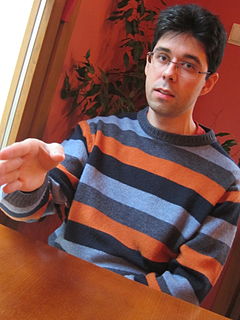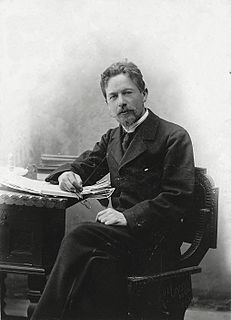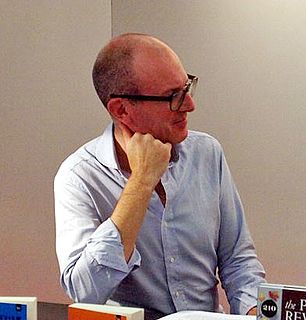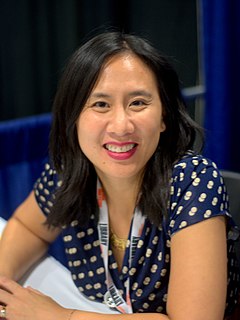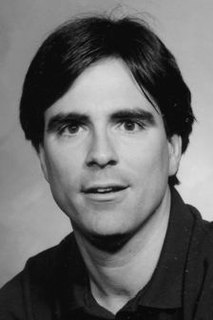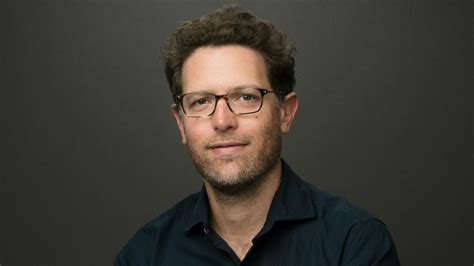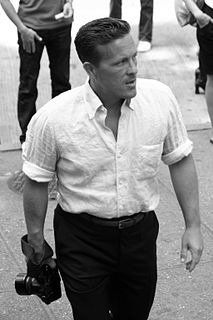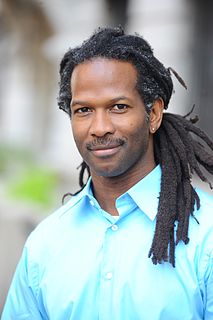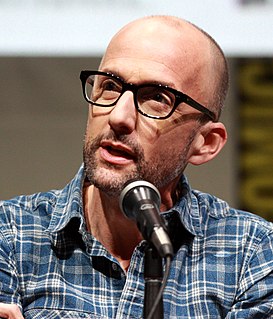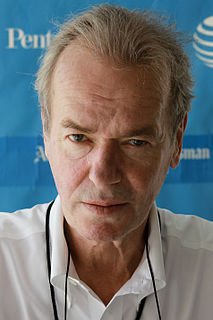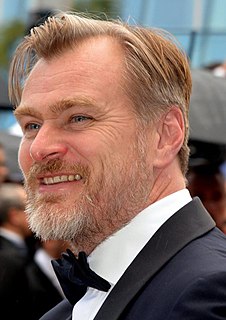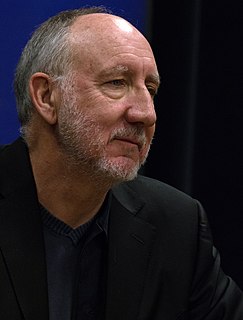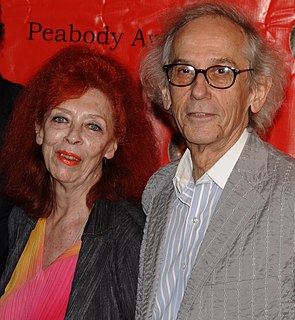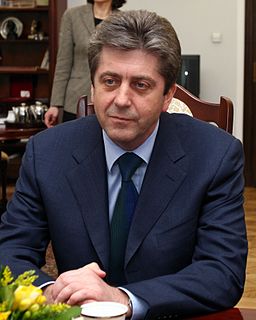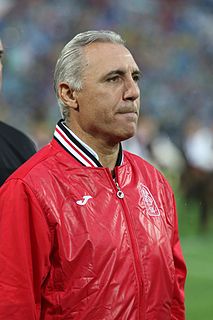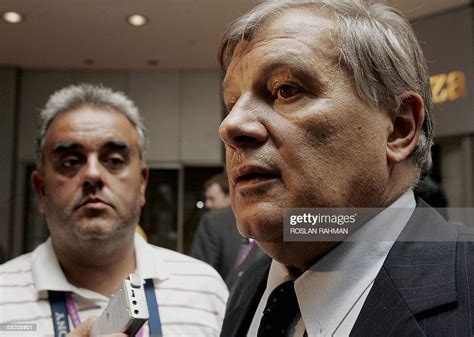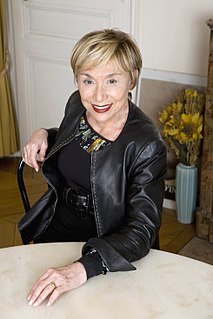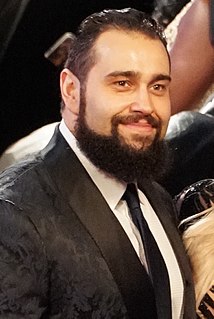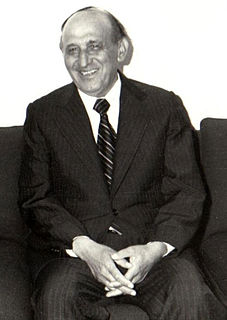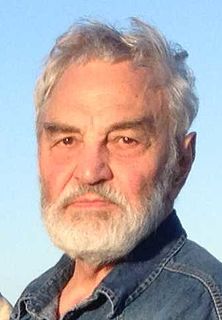A Quote by Miroslav Penkov
What's great about symbols, what a writer can do with them is provide a really vivid, interesting image, and the reader will do the rest of the work. That's always been very interesting to me. Like if I just introduce the storks, I don't have to say what they mean because the reader will do that. And if I bring in the dark history of the region, other trends come up, for example how in ancient Egypt they are associated with the souls of the dead. You can surprise yourself by introducing an image and then see how developing the story fills it with meaning that is suddenly new.
Quote Topics
About
Always
Ancient
Ancient Egypt
Associated
Because
Been
Bring
Come
Come Up
Dark
Dead
Developing
Egypt
Example
Fills
For Example
Great
History
How
Image
Interesting
Introduce
Introducing
Just
Like
Me
Mean
Meaning
New
Other
Provide
Reader
Really
Region
Rest
Say
See
Souls
Storks
Story
Suddenly
Surprise
Symbols
Them
Then
Trends
Up
Very
Very Interesting
Vivid
Will
Work
Writer
Yourself
Related Quotes
I think the trick of being a writer is to basically put your cards out there all the time and be willing to be as in the dark about what happens next as your reader would be at that time. And then you can really surprise yourself. There's that cliche, "No surprise for the writer, no surprise for the reader!"
When describing nature, a writer should seize upon small details, arranging them so that the reader will see an image in his mind after he closes his eyes. For instance: you will capture the truth of a moonlit night if you'll write that a gleam like starlight shone from the pieces of a broken bottle, and then the dark, plump shadow of a dog or wolf appeared. You will bring life to nature only if you don't shrink from similes that liken its activities to those of humankind.
The image itself is kind of the least important factor to me, though I'm still interested in putting forth an interesting image. I see the image as the screen laid over top of what really interests me, which is that depth of surface and that filmic quality that it has when you pass the piece. The idea that my pieces look like paintings, but are most definitely not, is really interesting to me.
On a more technical level, a story takes a lot of words. And to generate words and phrases and images and so on, that will compel the reader to continue reading - that stand a chance of really grabbing a reader - the writer has to work out of a place of, let's say, familiarity and affection. The matrix of the story has to be made out of stuff the writer really knows about and likes. The writer can't be stretching and (purely) inventing all the time. Well, I can't, anyway.
The writer's job, after all, is not to dictate meaning, but to give the reader enough pieces to create his or her own satisfying meaning. The story is truly finished—and meaning is made—not when the author adds the last period, but when the reader enters the story and fills that little ambiguous space, completing the circuit, letting the power flow through.
The most difficult part of writing a book is not devising a plot which will captivate the reader. It's not developing characters the reader will have strong feelings for or against. It is not finding a setting which will take the reader to a place he or she as never been. It is not the research, whether in fiction or non-fiction. The most difficult task facing a writer is to find the voice in which to tell the story.
I don't write because I think I have anything particularly interesting to say. I write because I love writing more than any other work I've done. I do think about entertaining the reader to the extent that I try always to write a book that I myself would want to read, but I don't think it's up for me to decide if what I've written is interesting to others. That is entirely up to others.
I think in Japan I think there is a lot of style and a lot of subcultures, but it will be interesting to see how much of them... how much of the people wearing those clothes are really expressing something about who they are or who they want to be and it will be very interesting to see, especially once you get there, once you get to a certain city like in Stockholm you really get to know the people a little bit and what they're saying through their clothes. It's more... To me I think it's much more interesting than just the clothes they're wearing or the length of the skirt.
I have three boys. And I wanted to make sure it connected with them and then those guys who grew up like me, in environments like me.And then I knew something about science that your New York Times reader would be interested in. So I was thinking about it in multiple ways: I'll connect with the people who grew up like me first, and then the New York Times reader will be interested in the science because it's so good and they want to be "in the know."
It's interesting when you're doing signing sessions with other writers and you look at the queues at each table and you can see definite human types gathering there.... My queue is always full of, you know, wild-eyed sleazebags and people who stare at me very intensely, as if I have some particular message for them. As if I must know that they've been reading me, that this dyad or symbiosis of reader and writer has been so intense that I must somehow know about it.
